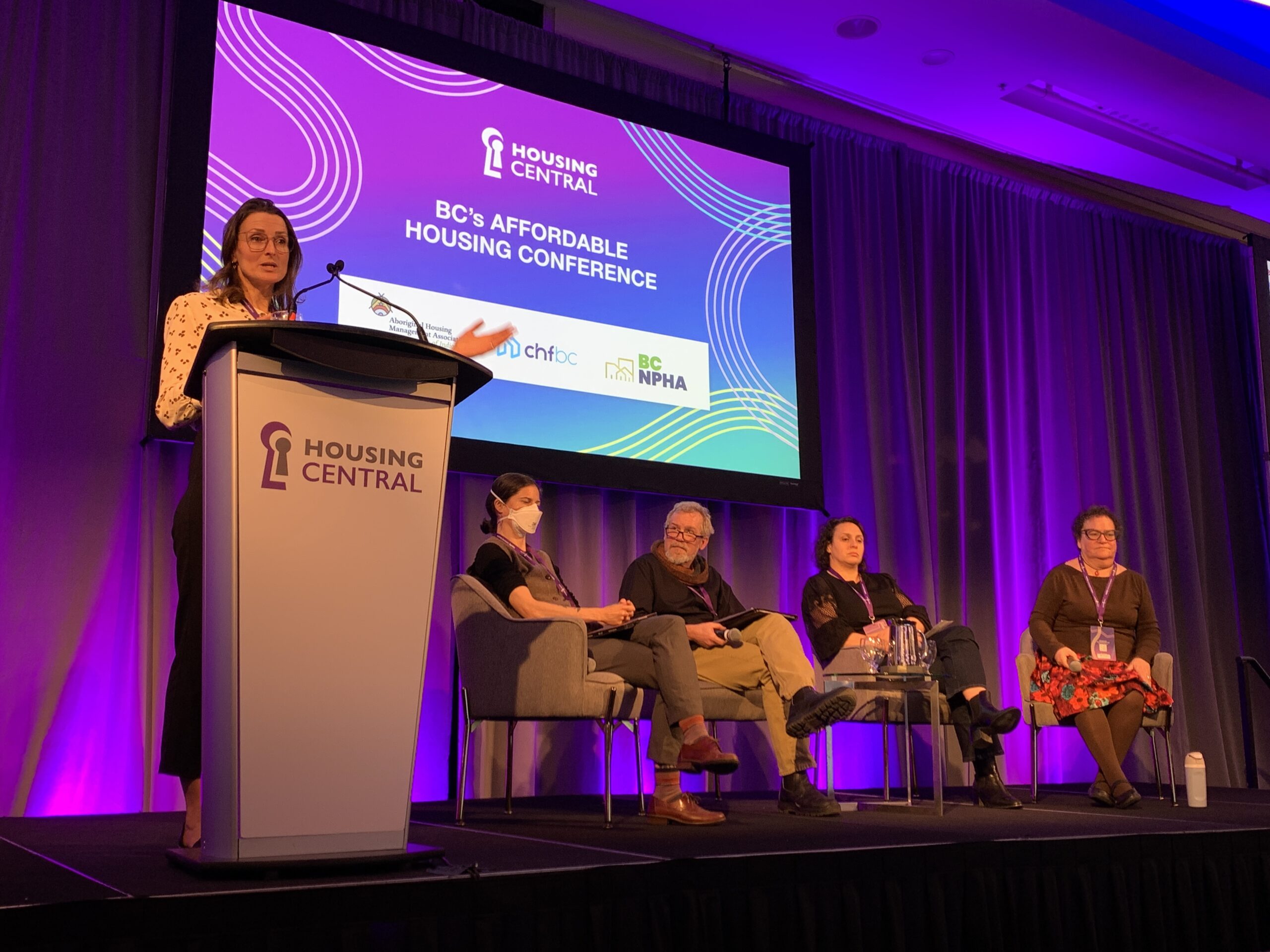Picture a game where the rules are strategically stacked against you. No matter how carefully you play, the pieces are always moving in someone else’s favour.
For thousands of renters across the Greater Toronto Area (GTA), that game is housing, and the stakes are their homes.
A new BSH report by Sean Grisdale, Filling the Gaps: An Analysis of Eviction Filings in the Greater Toronto Area from 2010–2021, analyzed over 385,000 eviction filings during a 12-year period. Its findings are clear: when renters’ homes are treated as financial assets rather than as shelter and community, evictions become an integral part of the business model.
The Business Model Behind Displacement
The report defines financialized landlords as large corporate actors, such as real estate investment trusts (REITs), asset management corporations, and private equity firms, that treat purpose-built rental housing—housing built specifically for renting—as “financial assets.” Perhaps most alarming is how clear the data reveals rapid market consolidation: Starlight Investments and CAPREIT together expanded their control from owning about one-third to nearly half of all financialized rental units in just over a decade.
There has also been growth in the secondary rental market, with the majority of new units in the GTA taking the form of secondary suites or condos. Investor landlords play an important role in shaping financialization in this market. These are owners who own at least one residential property that is not their primary residence, with the intent of making a profit by cash out as the cost to buy increases or taking advantage of inflated rents.
Financialized landlords consistently file the most evictions across all periods. Even during the COVID-19 pandemic—a period when formal eviction filings dropped significantly due to evictions moratoria—financialized landlords maintained disproportionately high eviction filing rates. External shocks, like a global public health emergency, had little impact on the underlying business incentive. This reveals that financialized ownership doesn’t just increase evictions during normal times—it creates systematic displacement pressures that persist regardless of broader social crises, policy interventions, or market conditions. When profit maximization drives housing decisions, even emergency tenant protections can’t fully stop profit seeking.
Mapping Inequality Through Evictions
With some players experiencing extreme disadvantages in the “game” of housing, the impact of financialization is not evenly distributed. Tenants in majority-Black and racialized neighbourhoods with financialized landlords were found to be three times more likely to experience eviction filings than an average renter in Toronto.
This isn’t just a housing issue. It’s a pattern of racialized displacement that is structural rather than incidental. Financialized ownership is concentrated in racialized communities, reinforcing residential segregation and eroding housing stability in majority-Black and racialized areas.
By targeting neighbourhoods with historically high eviction rates, profit-driven actors actively shape market conditions. They perpetuate the very inequalities that make displacement more likely in the first place.
The Quiet Surge of “No-Fault” Evictions
One of the most significant shifts over the past decade has been the growth of no-fault evictions. These are cases where tenants are removed not because of unpaid rent, but for reasons related to the landlord’s own use, sale of the property, or major renovations.
While the term may sound neutral, the data shows that these filings are often linked to profit-driven strategies, such as removing tenants to facilitate property sales, instead of addressing legitimate landlord needs.
In 2010, no-fault evictions made up less than 10% of total filings. By 2021, they were nearly 25%, with much of this increase concentrated in suburban areas and in what is known as the secondary rental stock—homes not originally built to be rentals, such as condos and detached houses.
During the pandemic, approximately 70% of no-fault filings targeted secondary rental stock. Investor landlords in suburban areas drove much of this increase, indicating the penetration of financialized strategies into previously stable rental markets outside urban areas. The prominence of no-fault evictions in secondary rental stock during the pandemic indicates that un-occupied units are more desirable to purchasers who may be looking to purchase for themselves or as investment properties.
When Market Highs Become Tenant Lows
Between 2018 and 2019, and 2020 and 2021, the rise in no-fault evictions in suburban secondary rentals strongly correlated with soaring housing prices.
For tenants, market highs translate directly into eviction notices. As housing prices surge, evictions become the mechanism that transforms rental income into capital gains—landlords clear out tenants to sell properties at peak prices rather than collect monthly rent. Tenants in secondary rental stock face uniquely precarious situations because their homes—condos, houses, and other units not originally built as rentals—can be easily flipped back to the ownership market. This creates a fundamental shift in the landlord-tenant relationship: instead of viewing tenants as sources of steady rental income, many landlords now see them as obstacles standing between current rent payments and massive sale profits.
From Numbers to Action
The findings from Filling the Gaps expose a rental market increasingly shaped by a small group of powerful financial actors.
In urban areas, financialized landlords dominate purpose-built rentals and file evictions at disproportionately high rates, particularly in low-income and racialized communities. In suburban areas, investor landlords of secondary rentals drive the surge in no-fault evictions. The result is a divided but equally unstable rental landscape, where tenants face displacement for reasons tied more to market strategy than genuine housing needs.
More than a record of inequality, this research is a blueprint for change. It names the forces driving the crisis and shows exactly where they can be confronted. The report equips researchers, advocates, and policymakers with the evidence needed to investigate market shifts, design targeted interventions, and focus anti-displacement efforts where they are most needed. It points to an urgent need for stronger tenant protections, limits on no-fault evictions, and measures to slow the financialization of existing rental housing. Read the full report here to explore the data, maps, and methodology behind these findings.
Without such action, the “game” of housing will stay tilted toward those holding the winning cards, leaving too many renters one move away from losing their homes.
This report is part of our Filling the Gaps in Housing project, led by Dr. Alexandra Flynn at the University of British Columbia’s Peter A. Allard School of Law.
The Balanced Supply of Housing is a SSHRC-CMHC funded, community-based research project at UBC that focuses on land use and housing financialization across Vancouver, Toronto, and Montreal.



